 Much has been written in the past few months on how to keep your brain sharp and avoid cognitive and memory declines due to aging, and especially how to lower the risk of dementia.
Much has been written in the past few months on how to keep your brain sharp and avoid cognitive and memory declines due to aging, and especially how to lower the risk of dementia.
Many studies have shown the following to be beneficial to brain health: exercise (any exercise, including walking, is good), having friends and social networks to interact with, eating a lot of healthy foods (fruits, vegetables, whole grains, legumes (beans), seeds, nuts, and fish), having a purpose in life, using the computer, playing video games (action puzzle games such as Portal 2 and NeuroRacer, but according to one study - not Lumosity), participating in arts or crafts, and learning new skills - that is, try out and learn new things (a musical instrument, a new language, take a class, a new craft, etc), or even visit new places.
Many of these can be summarized as: feed your brain and body, and keep your brain and body active. Here is one recent study of aging, from Medical Xpress:
Civic engagement may stave off brain atrophy, improve memory
Instead of shrinking as expected, as part of the normal aging process, the memory center in the brains of seniors maintained their size and, in men, grew modestly after two years in a program that engaged them in meaningful and social activities, new Johns Hopkins Bloomberg School of Public Health-led research suggests. At the same time, those with larger increases in the brain's volume over two years also saw the greatest improvements on memory tests, showing a direct correlation between brain volume and the reversal of a type of cognitive decline linked to increased risk for Alzheimer's disease.
The research, published online in Alzheimer's & Dementia: The Journal of the Alzheimer's Association, studied participants in the Baltimore Experience Corps, a program that brings retired people into public schools to serve as mentors to young children, working with teachers to help them learn to read in understaffed school libraries."By helping others, participants are helping themselves in ways beyond just feeding their souls. They are helping their brains. The brain shrinks as part of aging, but with this program we appear to have stopped that shrinkage and are reversing part of the aging process."
For the study, Carlson and her colleagues randomized 111 men and women to either participate in the Experience Corps (58) or not (53).... The control arm of the study, those not involved in Experience Corps, exhibited age-related shrinkage in brain volumes. Typically, annual rates of atrophy in adults over age 65 range from .8 percent to two percent. The men who were enrolled in Experience Corps, however, showed a .7 percent to 1.6 percent increase in brain volumes over the course of two years.

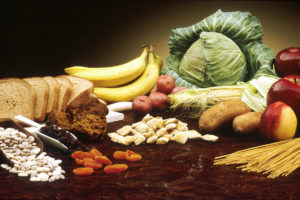 An interesting small study of one family shows how quickly one can eliminate many pesticides from the body by switching to an all organic diet. One Swedish family of 2 adults (aged 40 and 39) and 3 children (aged 12, 10, and 3) who had been eating mainly conventional food were studied.
An interesting small study of one family shows how quickly one can eliminate many pesticides from the body by switching to an all organic diet. One Swedish family of 2 adults (aged 40 and 39) and 3 children (aged 12, 10, and 3) who had been eating mainly conventional food were studied. In a newly published study looking at how infant gut microbes change over time, once again babies had differences in gut bacteria depending on whether they were delivered vaginally or by Cesarean section.
In a newly published study looking at how infant gut microbes change over time, once again babies had differences in gut bacteria depending on whether they were delivered vaginally or by Cesarean section.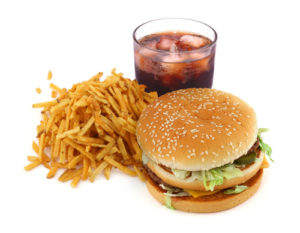 Amusing but also scary. The negative effects on the gut microbes of one person consuming an all fast food diet for 10 days occurred very quickly, and his gut microbes did not recover even 2 weeks after the fast food diet ended. Biggest problem seemed to be loss of gut diversity - about 40% of his gut bacterial species. Loss of gut diversity is considered a sign of ill health. Written by Tim Spector, with Tom Spector's assistance, from The Conversation:
Amusing but also scary. The negative effects on the gut microbes of one person consuming an all fast food diet for 10 days occurred very quickly, and his gut microbes did not recover even 2 weeks after the fast food diet ended. Biggest problem seemed to be loss of gut diversity - about 40% of his gut bacterial species. Loss of gut diversity is considered a sign of ill health. Written by Tim Spector, with Tom Spector's assistance, from The Conversation:
 Tom Spector. Credit: Tim Spector
Tom Spector. Credit: Tim Spector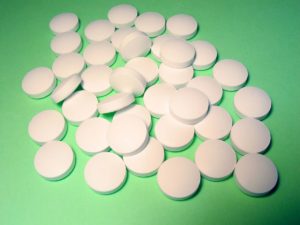 More studies need to be done, but the possibility of simply taking 500 mg twice a day of
More studies need to be done, but the possibility of simply taking 500 mg twice a day of 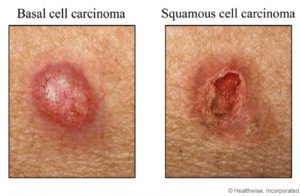 Credit: WebMD, Healthwise, Inc.
Credit: WebMD, Healthwise, Inc.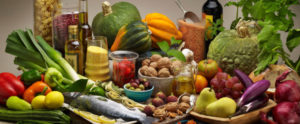 Another piece of research that shows that eating
Another piece of research that shows that eating  This research was done in a laboratory using cells, but the results support some
This research was done in a laboratory using cells, but the results support some